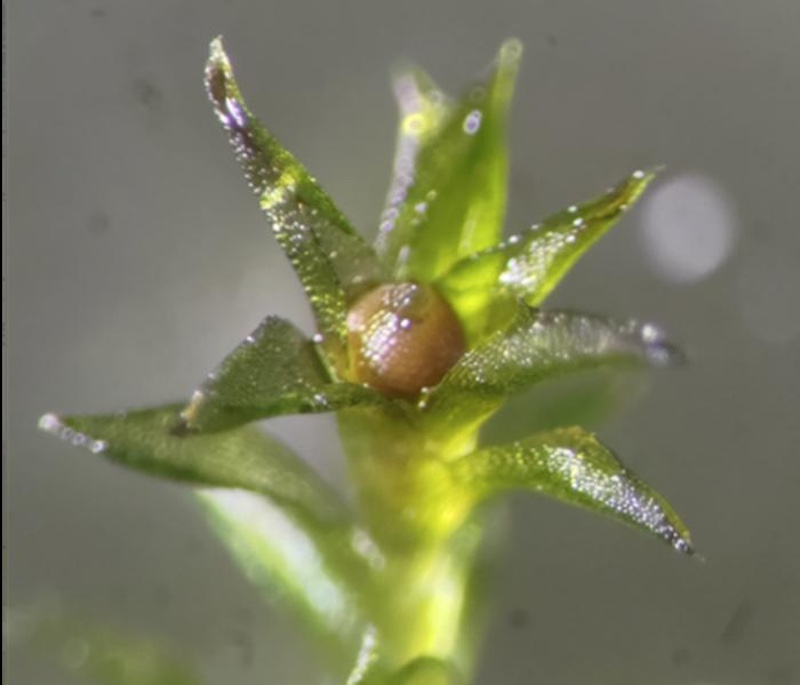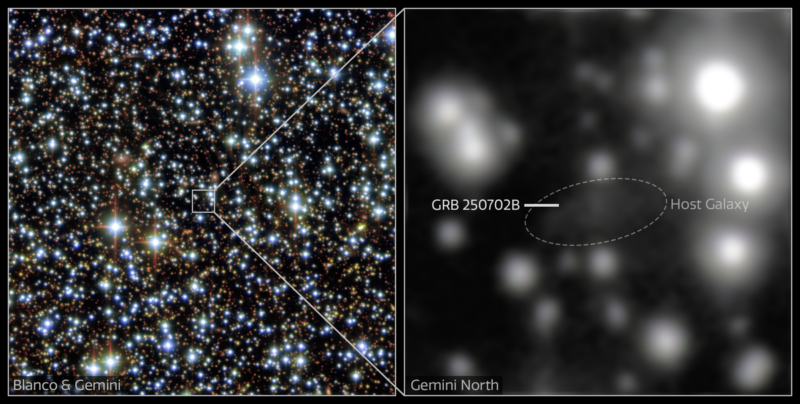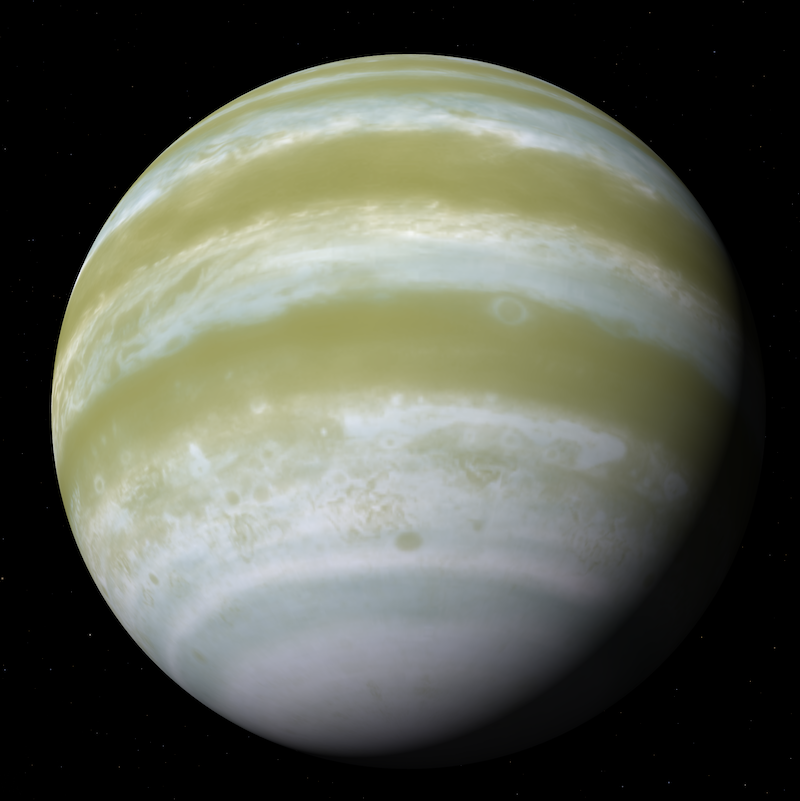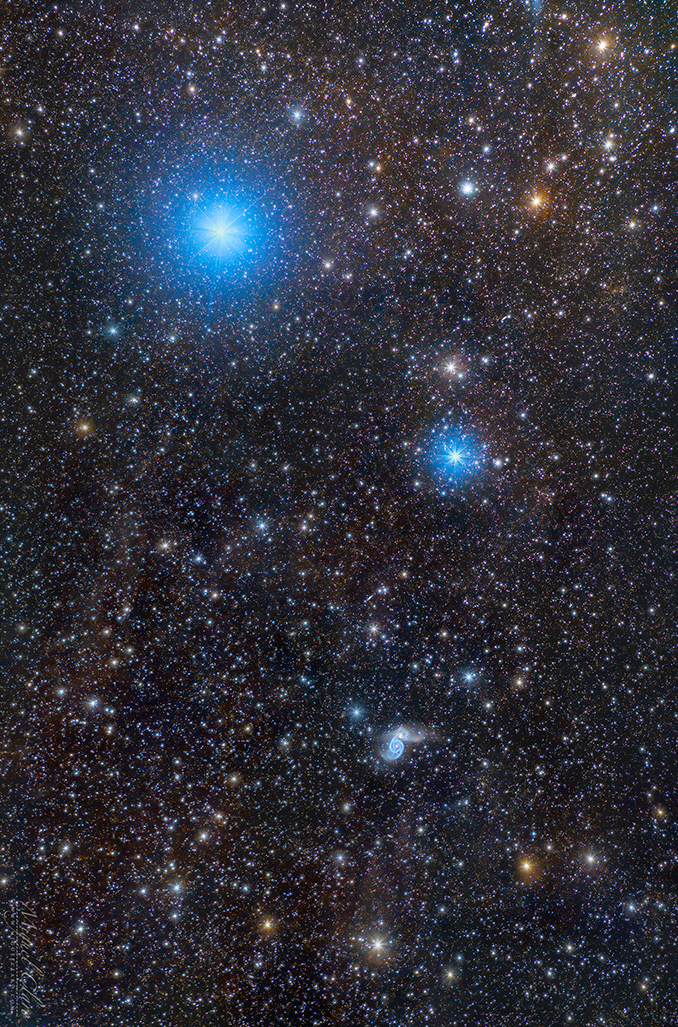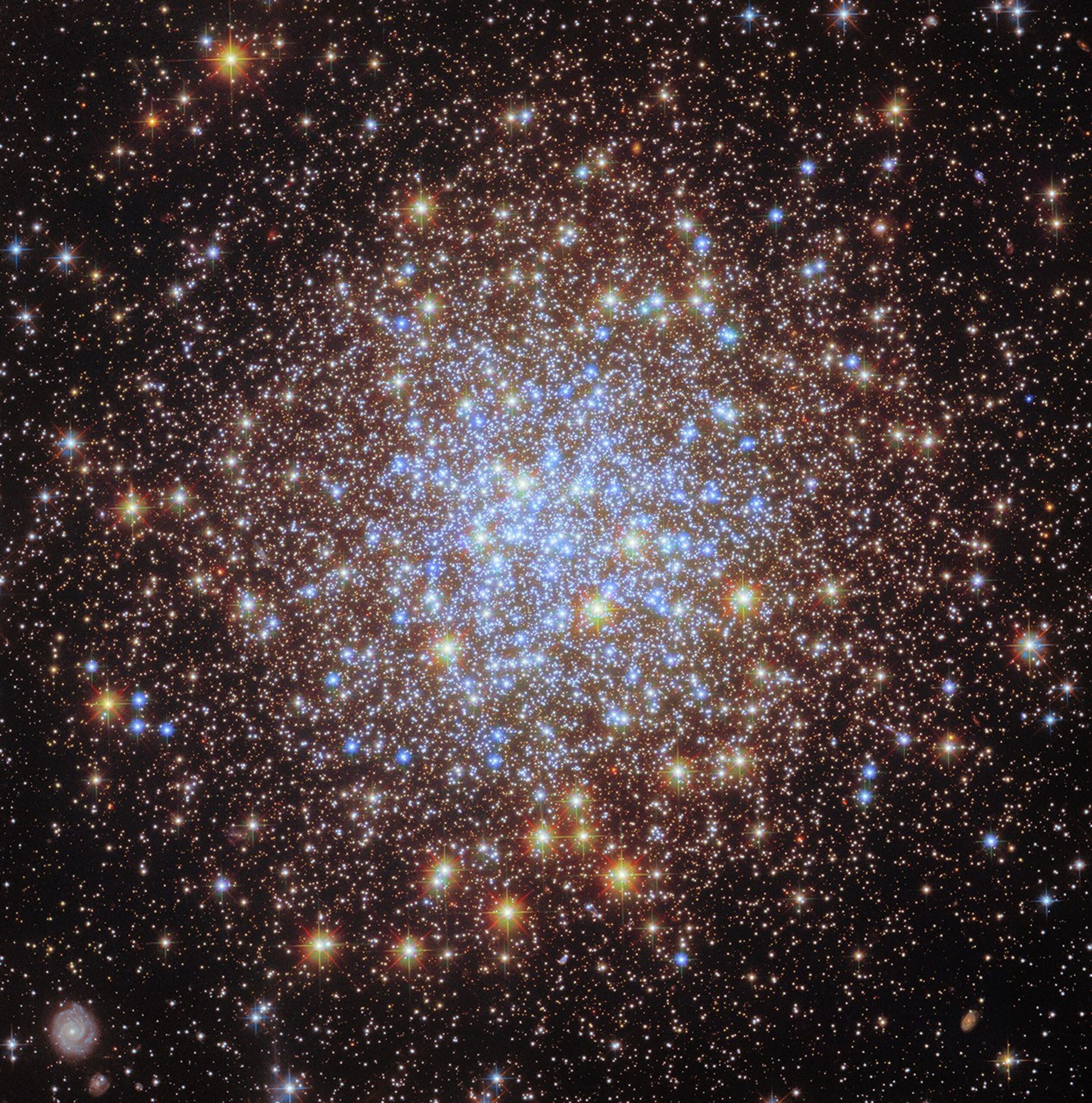Now Reading: Solar wind might make water on the moon, study says
-
01
Solar wind might make water on the moon, study says
Solar wind might make water on the moon, study says


- The solar wind is a stream of charged particles constantly flowing out from the sun into the solar system.
- Scientists have long thought these particles could trigger the production of water molecules when they hit our moon’s surface.
- Now a NASA experiment has recreated this reaction on Earth, using lunar samples from the Apollo 17 mission.
The sun could be making water on the moon
In addition to its life-giving radiation, the sun is constantly firing out a stream of charged particles we call the solar wind. This powerful stream has impacts across the solar system. It triggers beautiful auroras on Earth and other planets and even stripped away Mars’ atmosphere. On April 15, 2025, NASA said that, according to a new study, it may also be producing water on our moon.
We know the moon’s surface hosts water molecules, mostly frozen in craters at the lunar poles. And scientists have theorized for decades that a reaction between solar wind and lunar soil could trigger the production of this water. Now, having performed a new experiment on moon dust from the Apollo 17 mission, NASA researchers have found strong evidence that their suspicions were correct.
The researchers published the peer-reviewed study on March 17, 2025, in the Journal of Geophysical Research: Planets.
The powerful solar wind
At any given moment, the sun is blasting out solar wind in all directions. Traveling at about one million miles per hour (1.6 million km/h), this wind is mostly made up of protons and electrons in a state known as plasma.
These charged particles generally don’t reach Earth’s surface, because our planet’s atmosphere and magnetic field deflect them. But we can see their effects when a surge in the solar wind unsettles our magnetic field enough to trigger beautiful auroras.
Our moon, however, doesn’t have the same protection. With no real atmosphere or magnetic field to speak of, the solar wind is constantly bombarding its surface. But how could this create water?

The theory
Protons, which make up much of the solar wind, are simply hydrogen atoms without their electrons. And simulations have shown that when a proton hits the moon’s surface, it should collide and combine with an electron, forming a hydrogen atom.
When you’ve got hydrogen, all that’s left to make H2O is the O: oxygen. And the moon has that in abundance. The moon’s rocky “soil”, known as regolith, is made up of around 45% oxygen, bound up in minerals like silica.
So scientists have theorized since the 1960s that solar wind hitting the moon’s surface should create hydrogen, which could then bond with oxygen to form hydroxyl (OH) and, in turn, water.
Solar wind, or something else?
Sure enough, scientists have detected signs of hydroxyl and water in the upper few millimeters of the lunar surface. They can see these molecules through spectroscopy, identifying their chemical fingerprints in the way light reflects off the lunar soil.
So, is the solar wind the reason the molecules are there? Some scientists, for instance, have thought that micrometeorites might provide enough heat to trigger a water-producing reaction.
But the new study confirmed a key clue: The amount of water detected on the moon’s surface changes throughout the day. It drops as the moon’s surface heats up, seemingly because the excited water molecules are escaping to space. And the signal jumps up again when the surface cools at night. This means these molecules must have a source of constant replenishment. And that makes the ever-present solar wind a likely suspect. But this process still needed testing.

Testing 50-year-old moon dust
To test the theory, the scientists used two samples of lunar material collected by Apollo 17 astronauts in 1972, the last time humans set foot on the moon. The test involved using a particle accelerator to subject the material to an equivalent of the solar wind. While scientists have performed experiments like this before, this time there was one key difference. The scientists built an airless container to hold the entire experiment, allowing them to avoid exposing the lunar sample to contamination from water in the air.
Jason McLain, co-author of the study, explained:
It took a long time and many iterations to design the apparatus components and get them all to fit inside, but it was worth it, because once we eliminated all possible sources of contamination, we learned that this decades-old idea about the solar wind turns out to be true.
Indeed, having subjected the samples to the equivalent of 80,000 years of solar wind, they detected new, strong signals of both hydroxyl and water. While not definitive proof, it’s a very strong indication that the solar wind really does make water on the moon.
Bottom line: A new NASA study has found strong evidence that the solar wind constantly fired out by the sun produces water on our moon.
Read more: Heatwave on Jupiter from strong solar wind amazes scientists
Read more: There may be less water ice on the moon than we thought
The post Solar wind might make water on the moon, study says first appeared on EarthSky.
Stay Informed With the Latest & Most Important News
Previous Post
Next Post
-
 012024 in Review: Highlights from NASA in Silicon Valley
012024 in Review: Highlights from NASA in Silicon Valley -
 02Panasonic Leica Summilux DG 15mm f/1.7 ASPH review
02Panasonic Leica Summilux DG 15mm f/1.7 ASPH review -
 03From Polymerization-Enabled Folding and Assembly to Chemical Evolution: Key Processes for Emergence of Functional Polymers in the Origin of Life
03From Polymerization-Enabled Folding and Assembly to Chemical Evolution: Key Processes for Emergence of Functional Polymers in the Origin of Life -
 04How New NASA, India Earth Satellite NISAR Will See Earth
04How New NASA, India Earth Satellite NISAR Will See Earth -
 05And Thus Begins A New Year For Life On Earth
05And Thus Begins A New Year For Life On Earth -
 06Astronomy Activation Ambassadors: A New Era
06Astronomy Activation Ambassadors: A New Era -
07SpaceX launch surge helps set new global launch record in 2024












